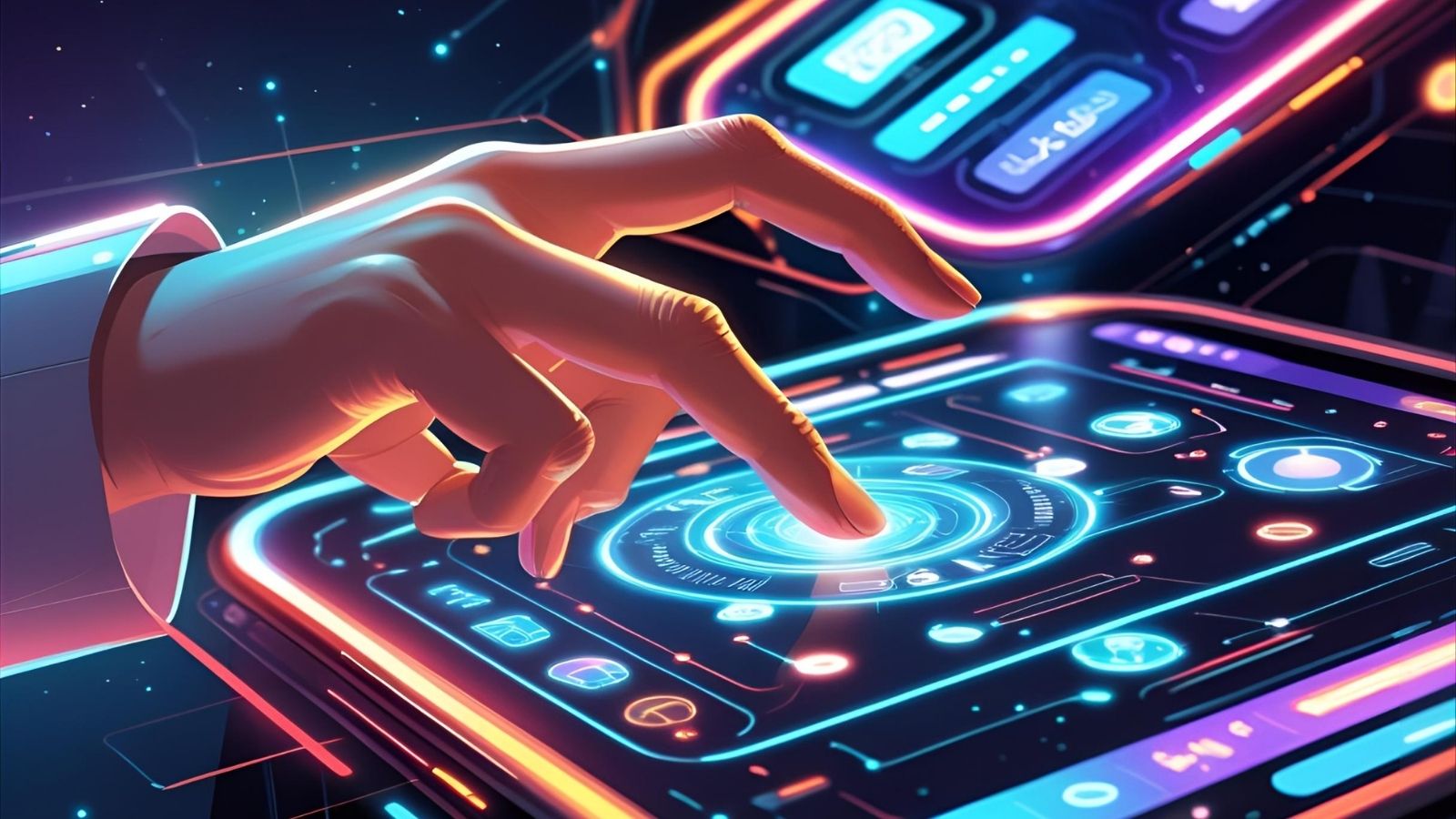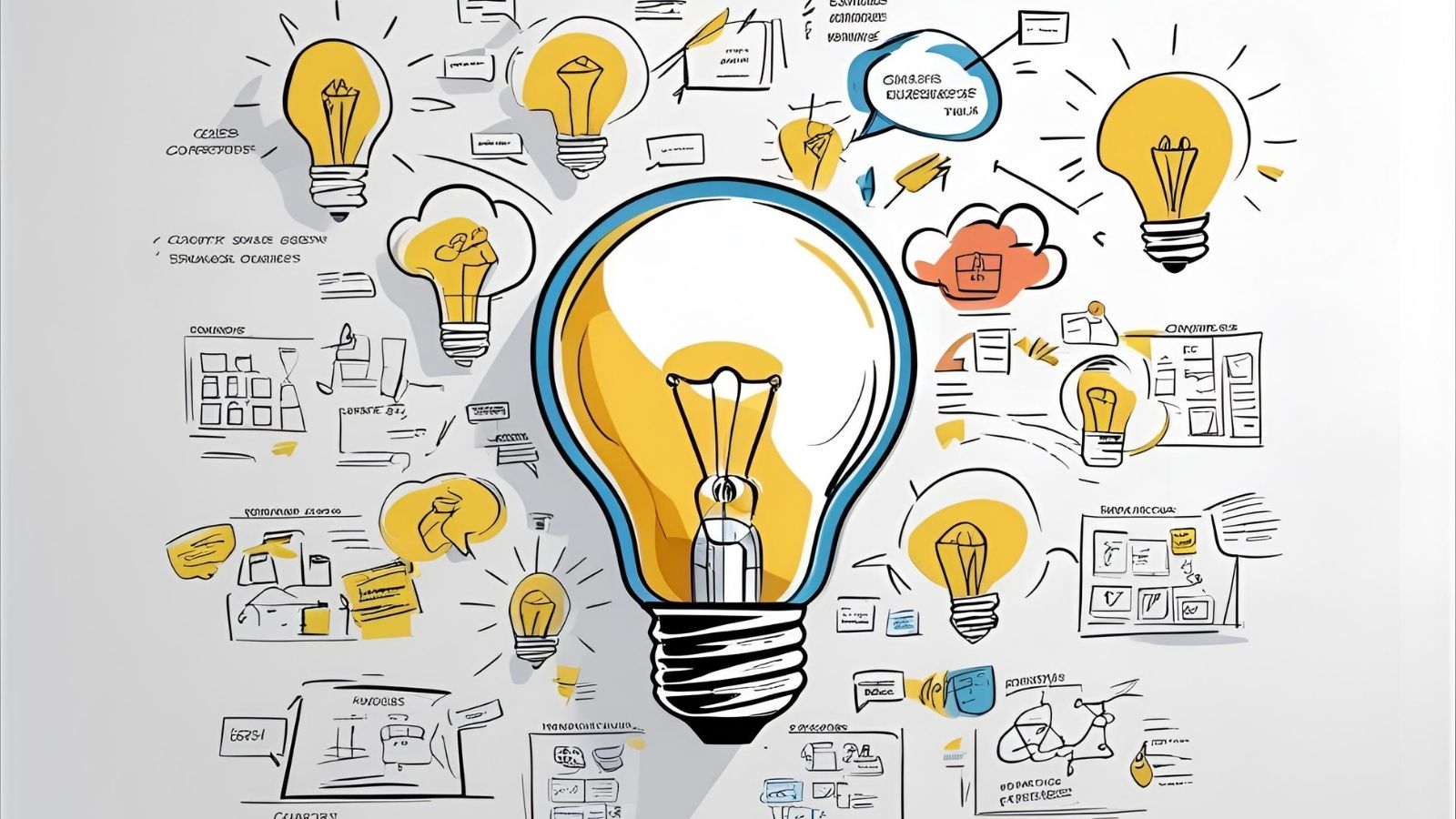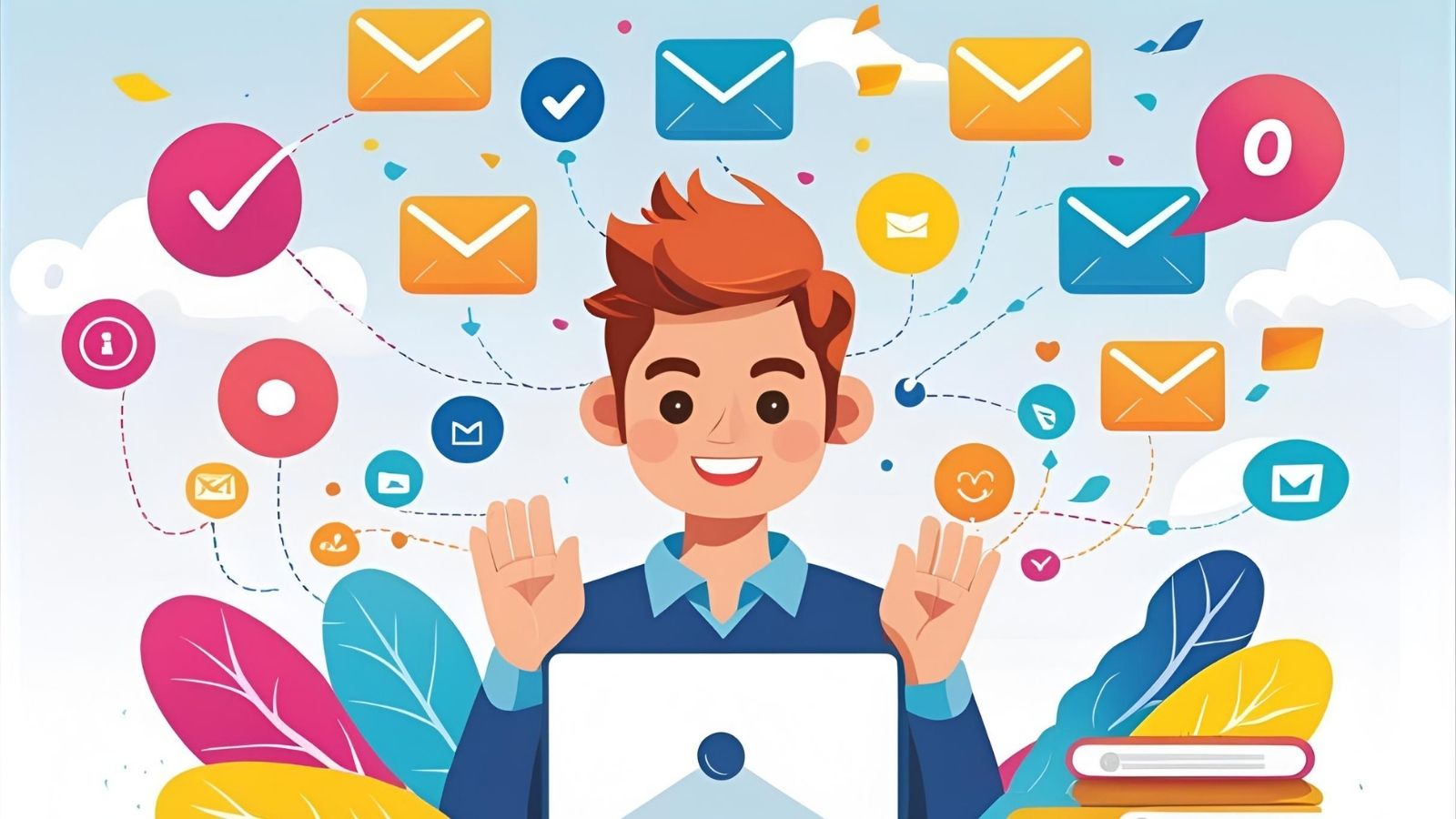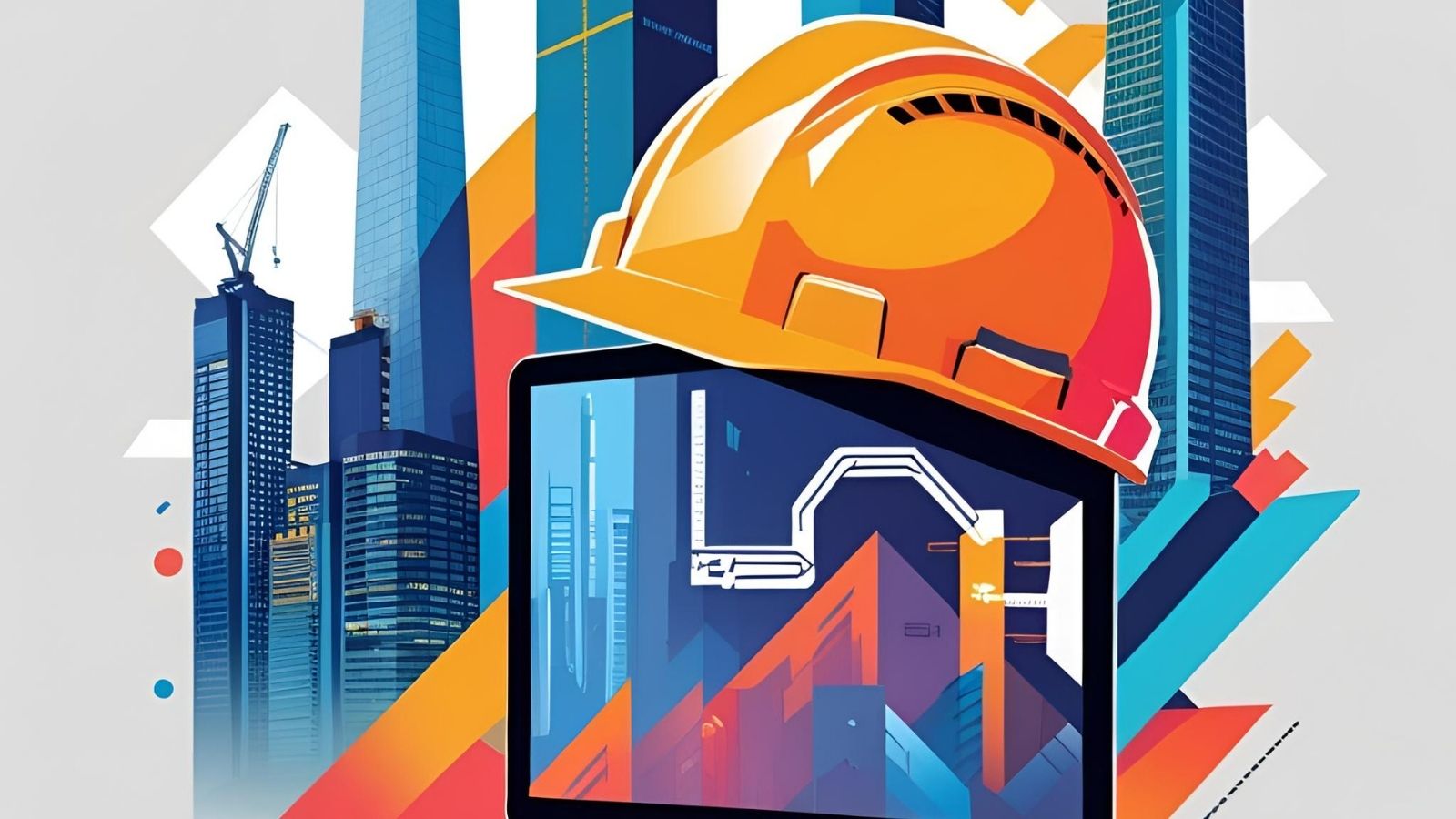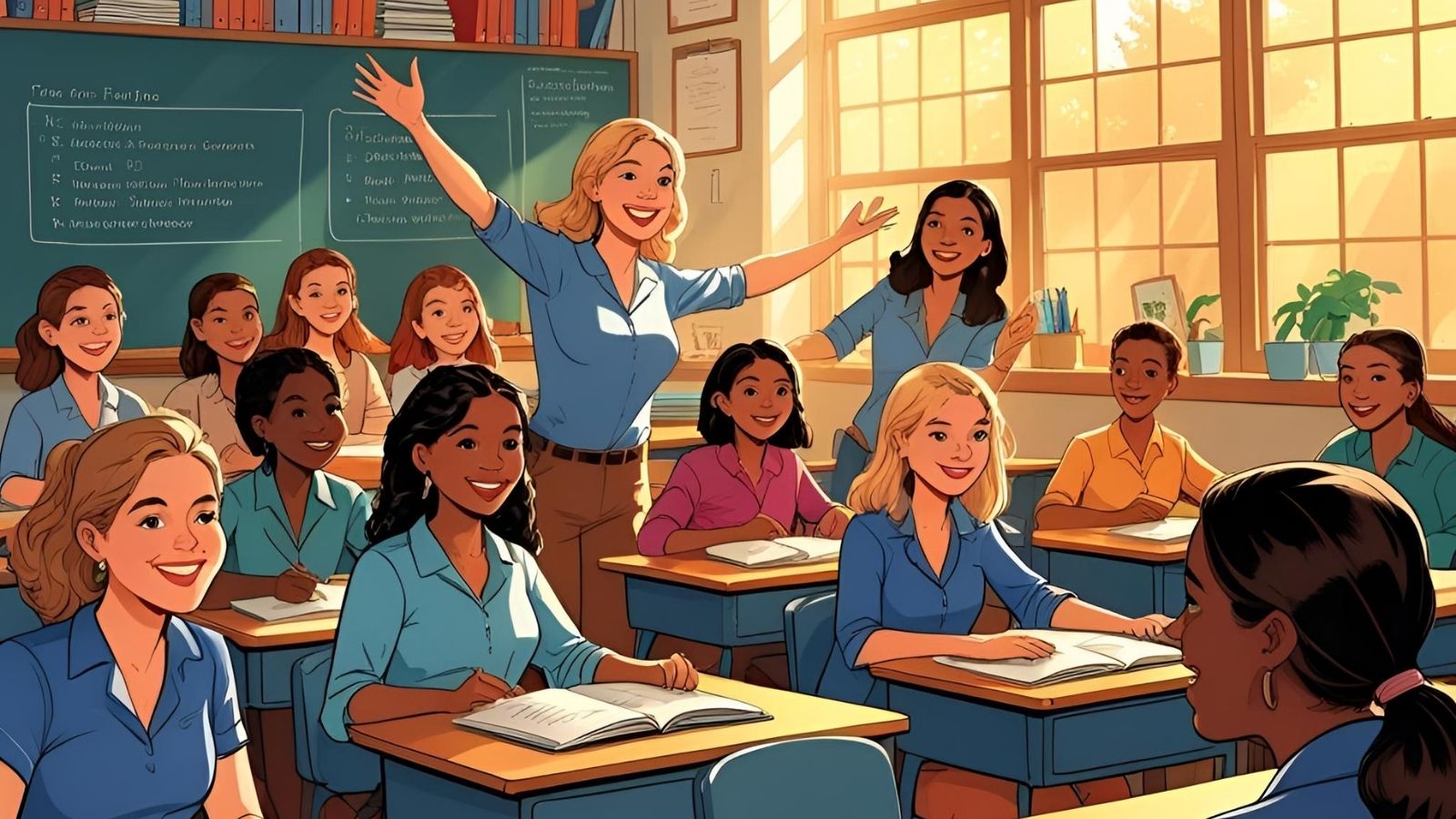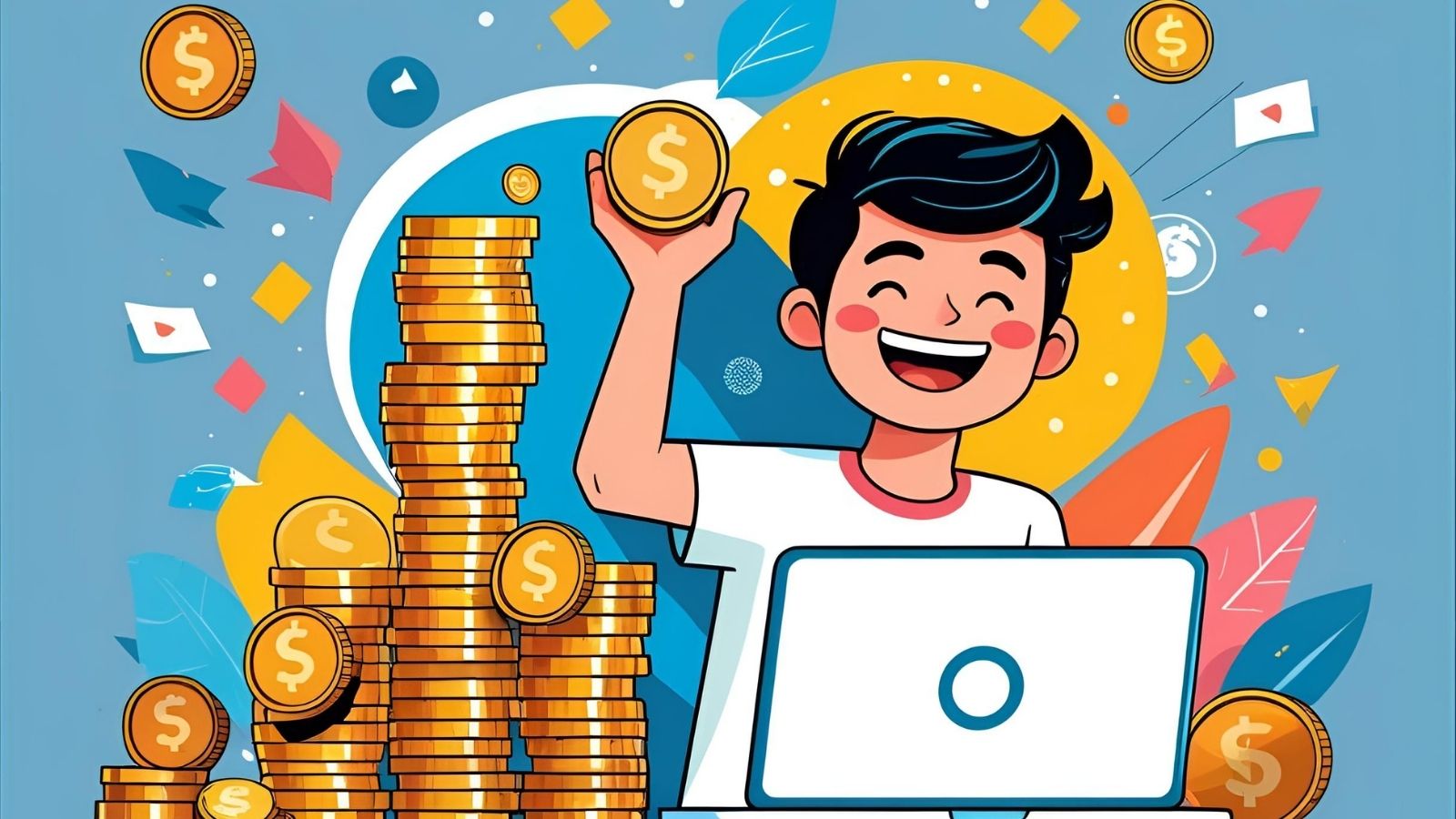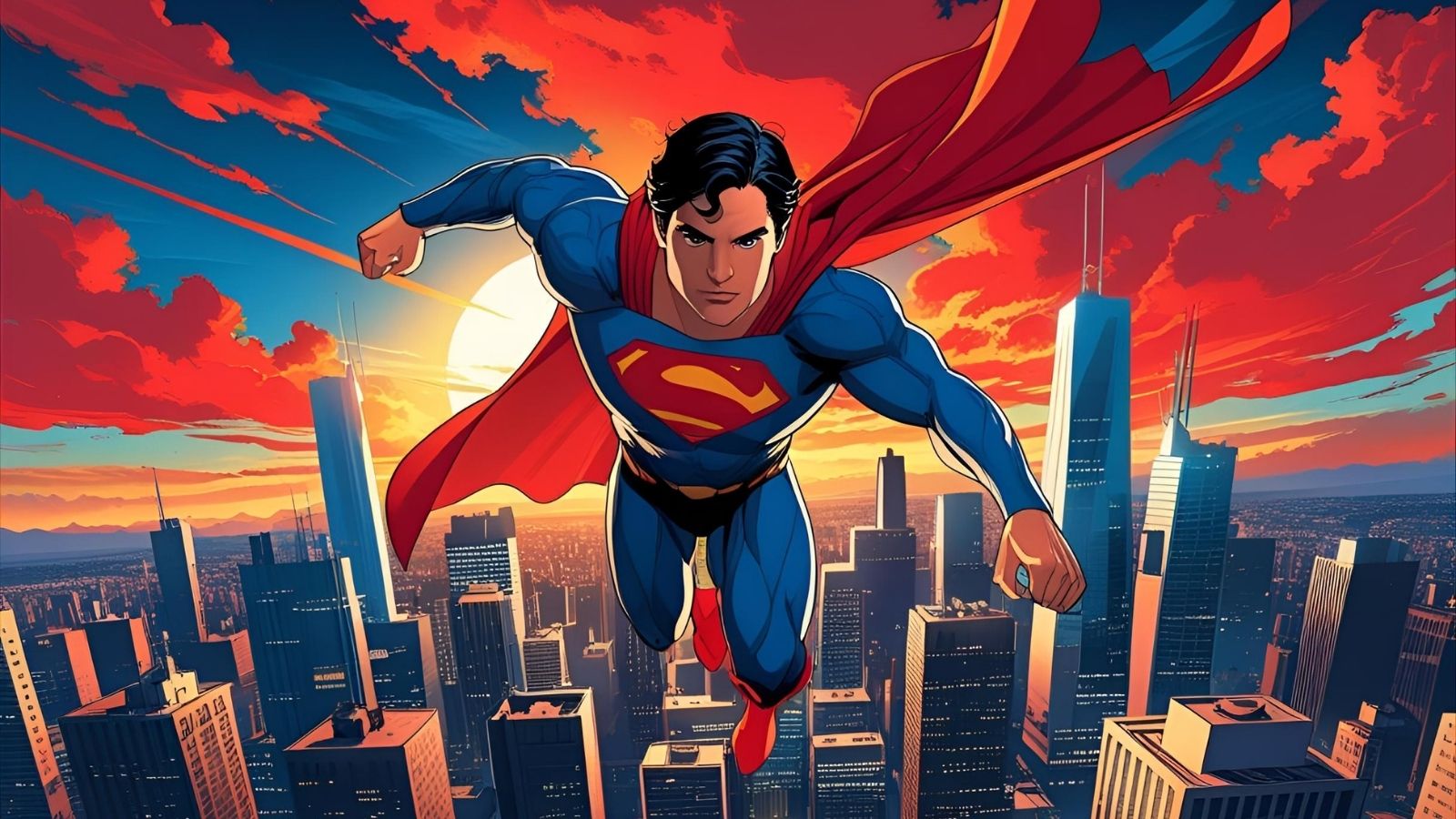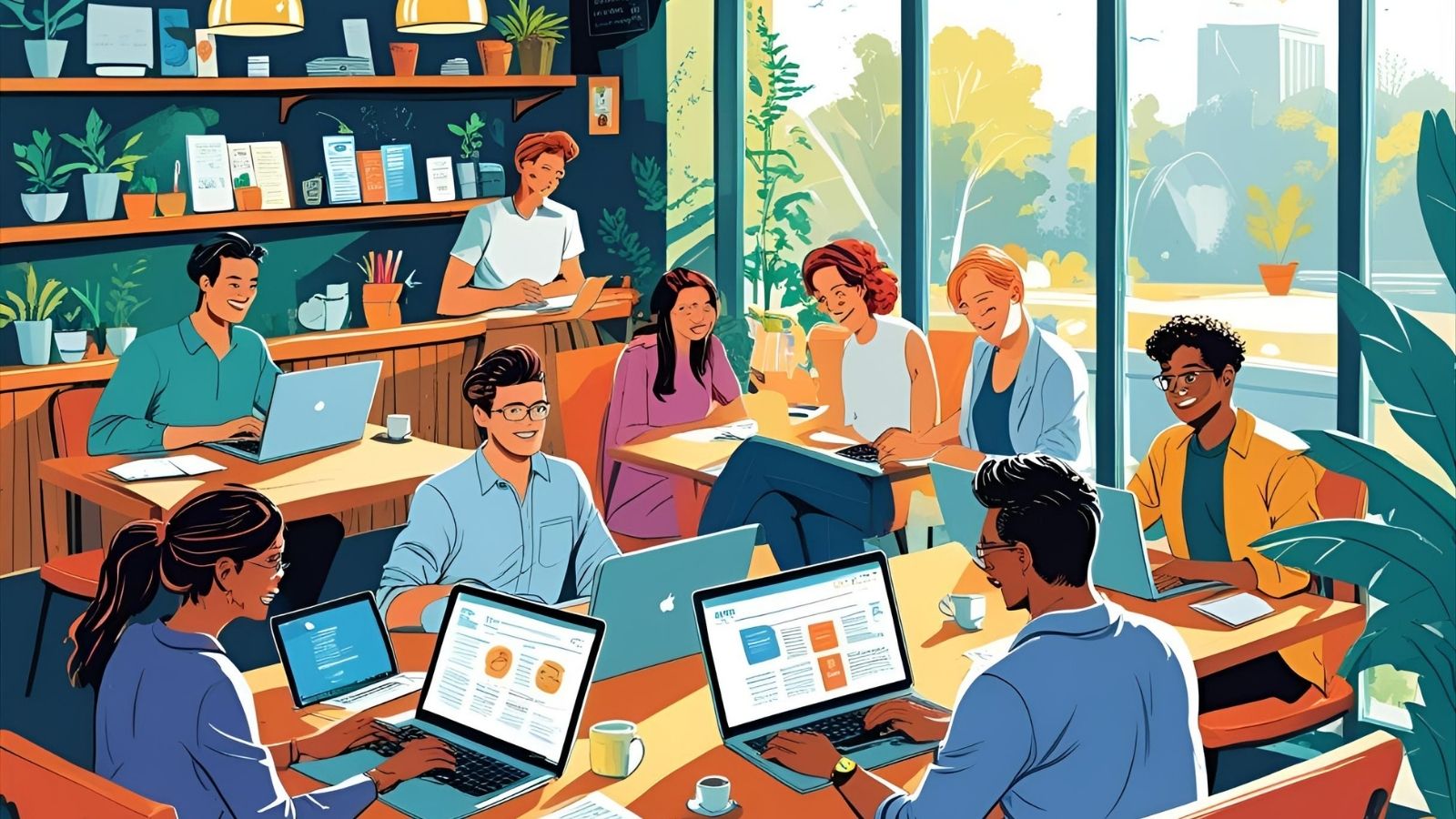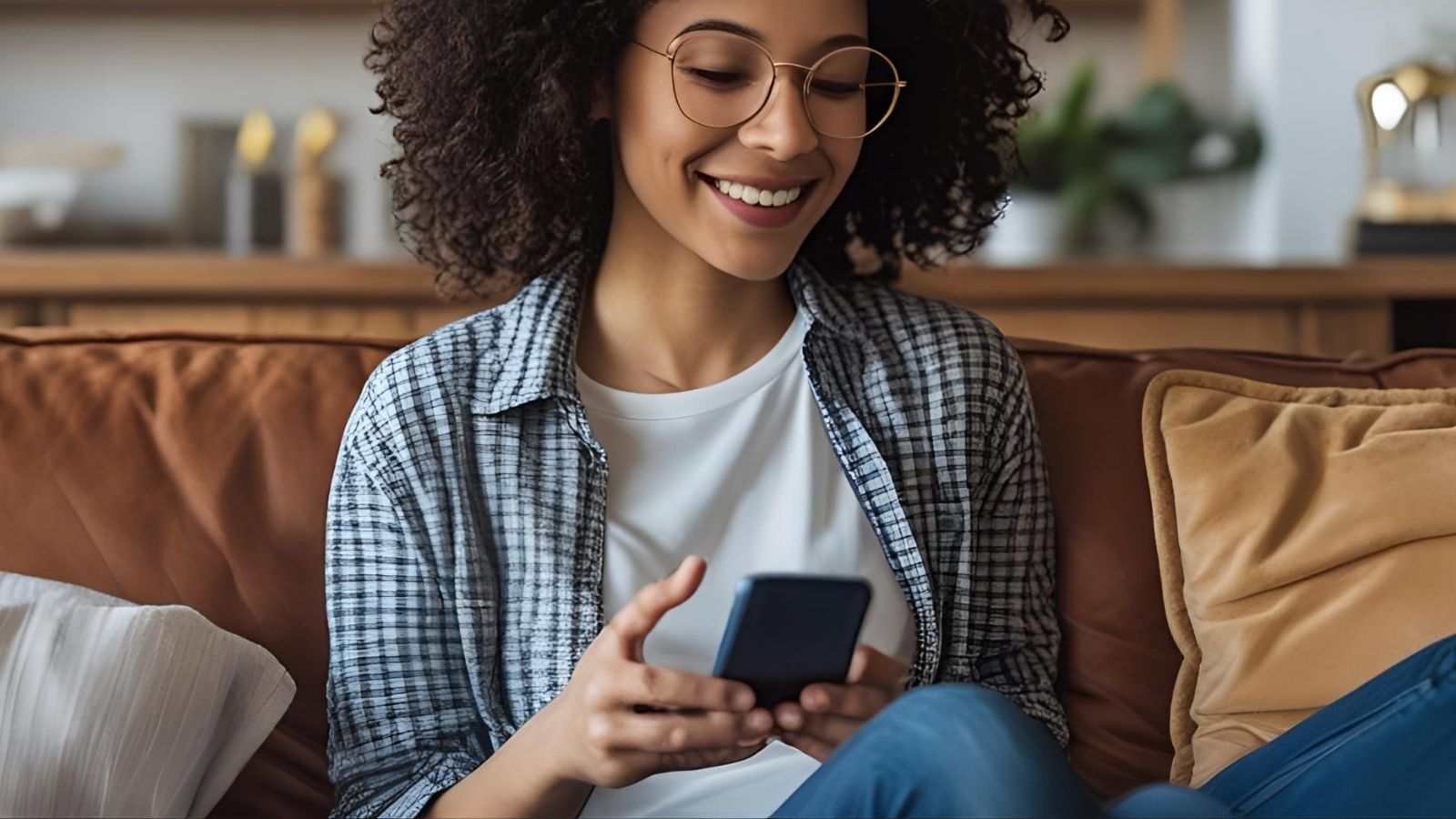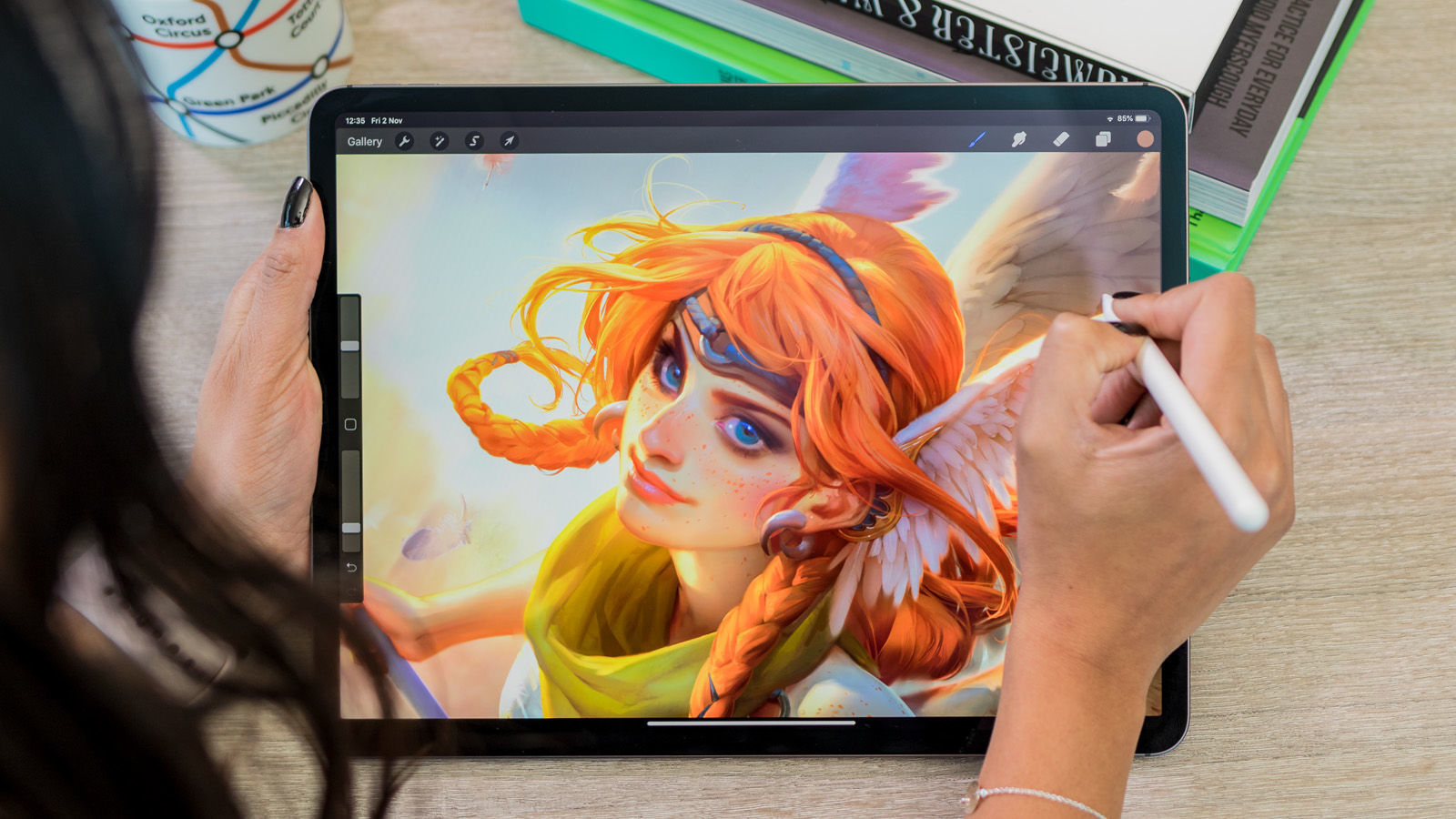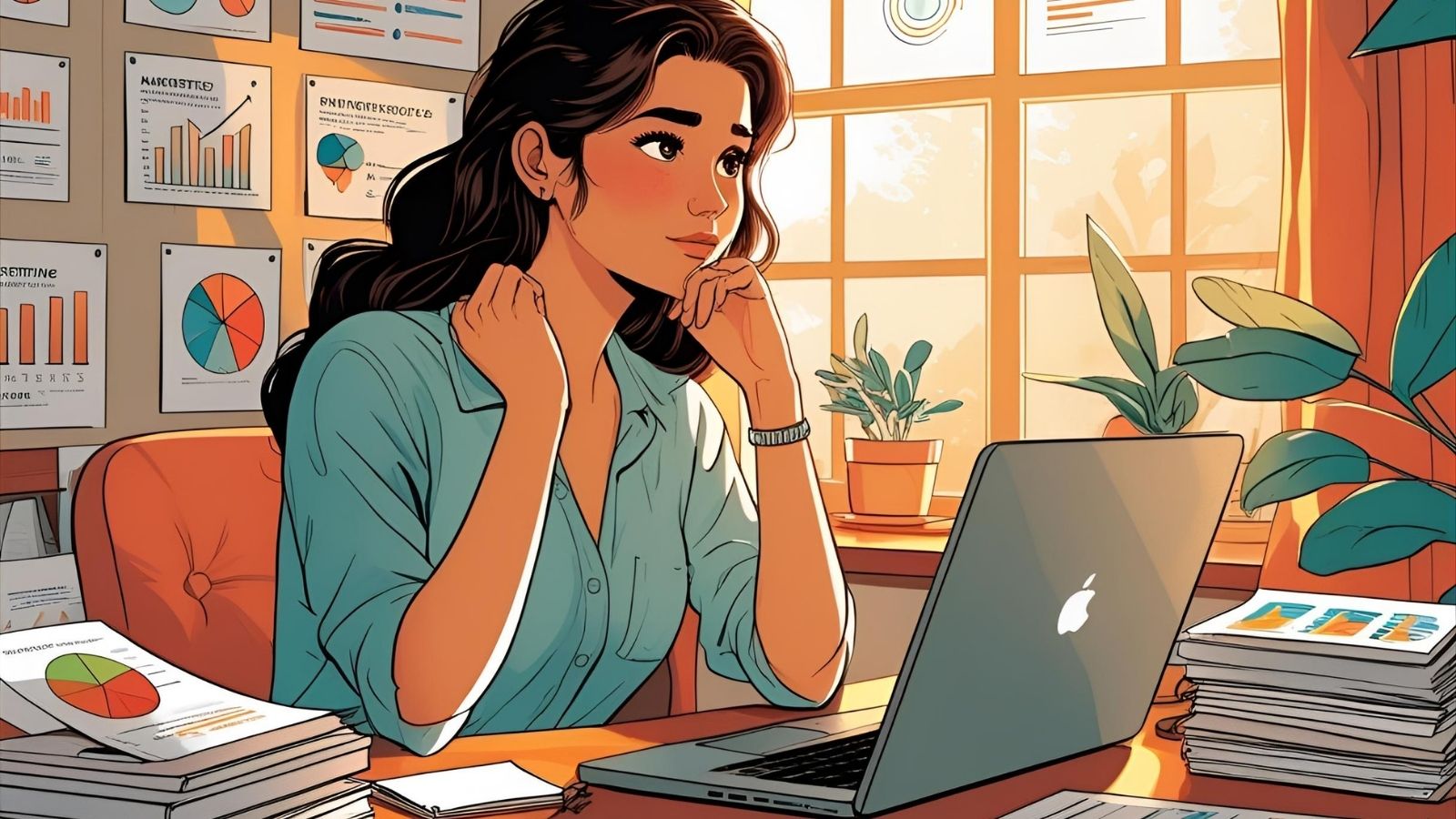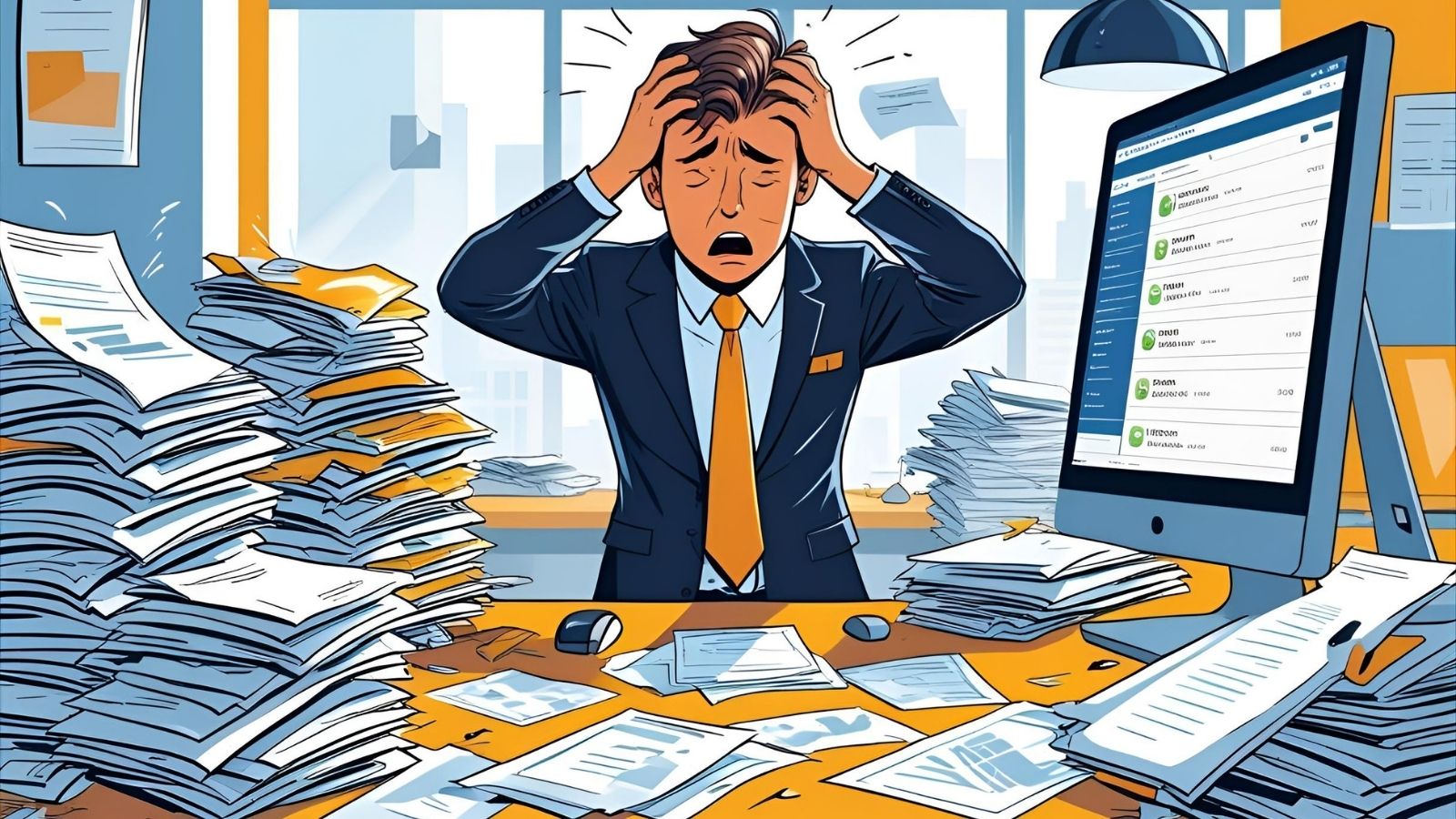Ever scroll through your feed, see a stunning piece of digital art, and think, “I wish I could do that… but I’m not a ‘real’ artist,” or “I wouldn’t even know where to start”?
Let’s get one thing straight: If you create something, you’re a creator. The tools you use don’t change that. Digital art is just another medium, like watercolor or charcoal, but with a toolbox that includes a “delete” key and an “undo” button (which is a total game-changer).
So, if you’re curious about turning your ideas into art on a screen, here’s what you actually need to know to dive in.
First Off, What Even Is Digital Art?
Simply put, if you’re using a computer, tablet, or phone to create your artwork, you’re making digital art. It’s a huge category that covers everything from digital paintings that look like they belong in a museum to the cool 3D characters you see in movies and video games.
The best part? You don’t need a fancy studio filled with expensive paints and canvases. Your studio can be your couch, a coffee shop, or anywhere you can take a laptop or tablet. This makes it one of the most accessible ways to start making art right now.
The Gear: What You Actually Need vs. What You Think You Need
This is where most people get intimidated, but you don’t need to spend a fortune to start.
- The Beginner’s Dream Team: The most popular entry point right now is an iPad with an Apple Pencil, using an app called Procreate. It’s incredibly intuitive and relatively affordable. Don’t have an iPad? No problem. A simple drawing tablet from brands like Wacom or Huion can plug into your computer for under $100. You can use it with powerful free software like Krita or GIMP.
- The Pro-Level Stuff: Yes, you’ll see professional artists using big-screen Wacom tablets and the full Adobe suite (like Photoshop and Illustrator). This gear is amazing, but it’s not necessary when you’re starting out. Learn the fundamentals first, then upgrade if you feel you need more power.
Let’s Talk About AI, NFTs, and Other Future-y Stuff
The digital art world moves fast, and you’ve probably heard about some of these trends:
- NFTs (Non-Fungible Tokens): It sounds complicated, but here’s the gist: An NFT is like a unique digital certificate of authenticity for a piece of art that lives on the blockchain. It’s a way for artists to sell their digital work directly to collectors and prove who the original creator is.
- AI Art Generators (like DALL-E or Midjourney): Is AI coming for artists’ jobs? Probably not. Right now, think of AI as a weird and powerful collaborator. You can use it to generate ideas when you’re stuck or create wild textures you couldn’t make on your own. It’s another tool in the toolbox, not a replacement for your creativity.
- VR and AR Art: This is a super exciting frontier where artists create entire worlds you can walk through with a headset (VR) or place digital sculptures in your living room using your phone (AR). It’s pushing the boundaries of what art can be.
The Creative Process: From Blank Screen to Cool Art
How do you actually make something? While every artist is different, here’s a common path:
- Gather Your Vibe: Start by collecting inspiration. Create a mood board on Pinterest, sketch out some rough ideas in a notebook—whatever gets your brain going.
- The “Ugly Sketch” Phase: No one’s first draft is a masterpiece. Just get your idea onto the digital canvas. It will be messy. This is normal. Embrace it.
- Layer It Up: This is where the magic happens. Digital art uses layers, so you can color underneath your sketch, add shadows on a separate layer, and change things without ruining what you’ve already done.
- Refine and Finish: Clean up your lines, add details and highlights, and play with colors until it feels right. Don’t be afraid to walk away and come back with fresh eyes.
Most importantly, share your work! Post it on Instagram, find a Discord community, or join a forum like DeviantArt. Getting feedback is a great way to learn, and seeing other people’s work will keep you inspired. The digital art community is massive and incredibly supportive.
So go for it. Open a new canvas and make something. It doesn’t have to be perfect. It just has to be yours.
